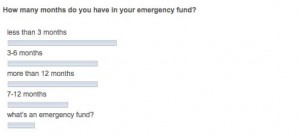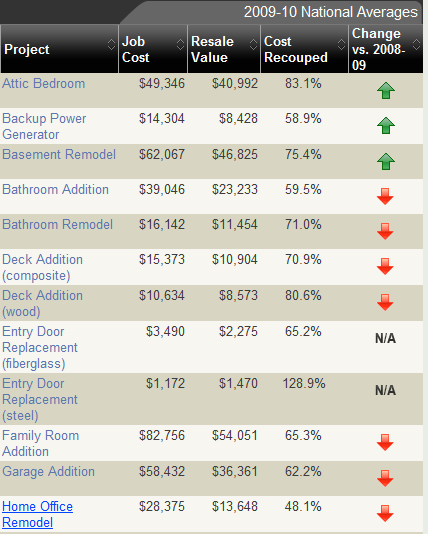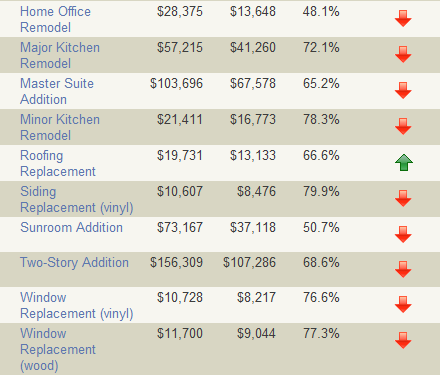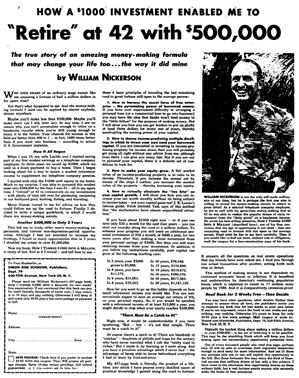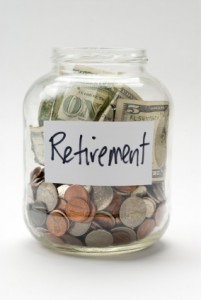Last week I asked How many months do you have in your emergency fund?
Earlier, my blogging friend JD Roth at get Rich Slowly (GRS) asked the same question of his readers, and this is what he found:
| How many months do you have in your emergency fund? | ||
|---|---|---|
| GRS | 7m7y | |
| less than 3 months | 38% | 29% |
| 3-6 months | 26% | 24% |
| 7-12 months | 13% | 24% |
| more than 12 months | 14% | 16% |
This shows that more 7m7y readers have 3+ months living expenses in their ’emergency funds’ than GRS readers, which means …
… I’ve done a terrible job 🙁
On the other hand, if you answered “what’s an emergency fund?” good for you, you’re already a step ahead of the pack … you see, not everybody – including me – thinks that you need to have an emergency fund at all!
[AJC: At least not until after you reach Your Number]
For instance, Liz Pulliam Weston writes at MSN Money that you should have a $0 emergency fund, replacing it with a concept that she calls ‘financial flexibility’:
The whole idea that everyone needs a big pile of cash, and needs it right now, should be rethought. In reality, the failure to have a fat emergency fund isn’t inevitably a crisis. At the same time, those who feel safe because they have three or even six months’ expenses saved up might be kidding themselves.
Let’s say your take-home pay is about $4,000 a month. Although you have been spending every dime, you make a concerted effort to trim your expenses by 10%. This not only frees up money for your emergency savings but lowers the total amount you need to save from $12,000 to $10,800.
Still, it will take you 27 months — more than two years — to scrape together your emergency fund. And that assumes nothing comes up that forces you to raid your cache.
Let’s explore this a litter further: JD Roth has $10,000 in his emergency fund, but that doesn’t just represent $10,000 today …
…. it represents the future value of $10,000:
Let’s say that you intend to retire in 20 years, if you earn 9% on your money (say, invested in Index Funds) then you are giving up, say, 2% bank interest (by having your emergency fund sit in an ordinary savings account for quick ’emergency’ access) to earn 9% – or, a net of 7%.
That extra 7% earned represents about $8k in extra interest/profit that you are giving up for the benefit of ‘peace of mind’ in an emergency. But, we aren’t investing our money in Index Funds, because we are on a mission: we want to reach $7 Million in just 7 Years!
To us – that is, those of us on a steep financial trajectory – this $10k pile of cash represents seed capital for your new business venture or next real-estate acquisition [AJC: and, don’t tell me that an extra $10k wouldn’t be a big help for either of these endeavors] …
… now, $10k ‘invested’ at:
- 15% (stocks) grows to $35,000 after just 10 years
- 30% (real-estate) grows to $106,000 after just 10 years
- 50% (business) grows to $384,000 after just 10 years
… a slightly larger price to pay for peace of mind 🙂

